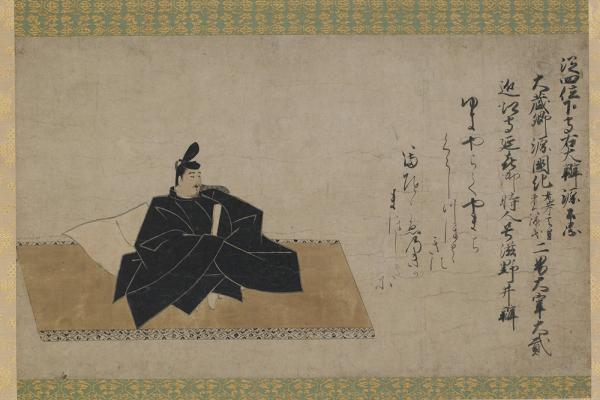
Reconsidering Physiognomy in Twelfth-Century Japanese Manuscripts
Kris Kersey, University of Richmond
This talk scrutinizes the prevailing interpretive conventions concerning the depiction of faces in the pictorial manuscripts of Japan’s late Heian period (794-1192). The analysis centers on a five-volume set of handscrolls believed to have been produced in memory of the period’s infamous final sovereign, Emperor GoShirakawa (1127-1192). Known as the Eyeless Sūtras, these luxury manuscripts contain transcriptions of two key Buddhist scriptures—the Golden Light Sūtra and an abbreviated version of the Perfection of Wisdom Sūtra—transcribed over faint monochromatic line drawings of hundreds of figures lacking facial details. The unusual facelessness in this ritually sensitive context is often explained as evidence of the scrolls’ incompleteness. This paper will challenge that long-held assumption.
